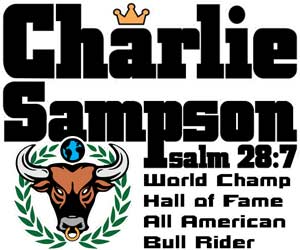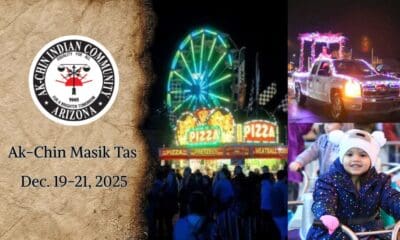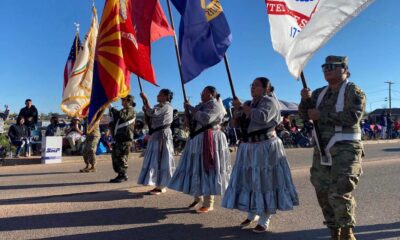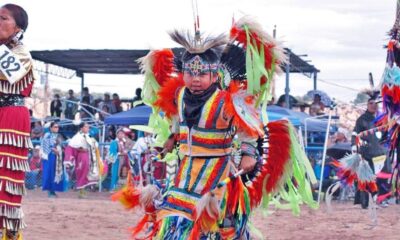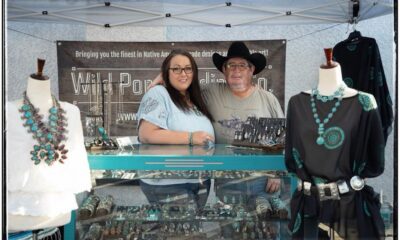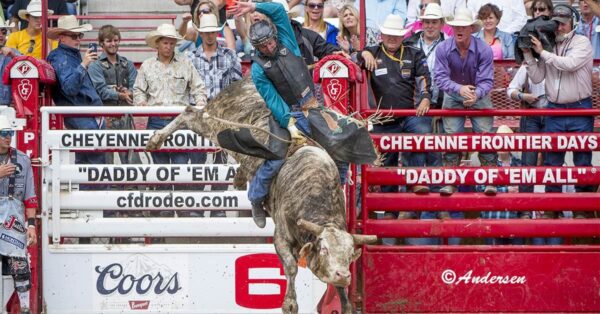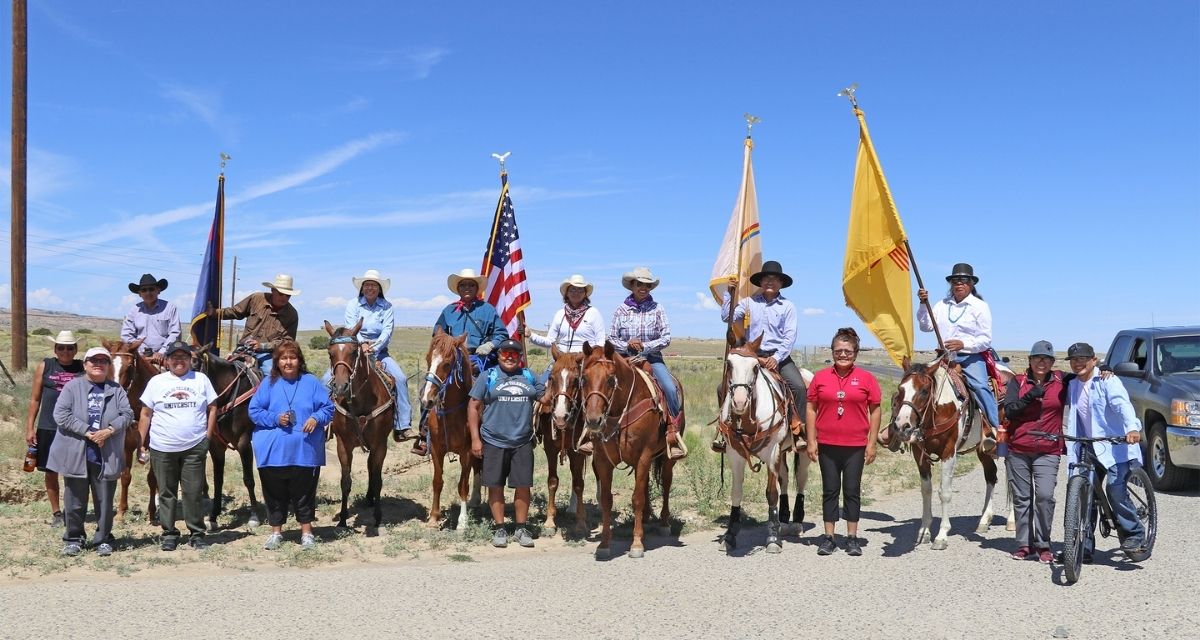
History of the Annual Navajo Council Trail Ride
As with everything else in the Navajo Nation, the Annual Navajo Council Trail Ride is rich in Navajo history. The trail ride was canceled last year because of the coronavirus pandemic. The ride’s participants typically would travel to various chapters before arriving at the capital for the council session.
Delegate Mark Freeland rode with several others during the 2021 Trail Ride which took place the third weekend of July this year. The Navajo Nation is the country’s largest reservation at 27,000 square miles (70,000 square kilometers) and it spreads through parts of Arizona, New Mexico, and Utah. Prior to the opening day of the council session, delegates from each of the chapters travel several miles through different Navajo communities as they make their way to the capital of the Navajo Nation, Window Rock, Arizona.
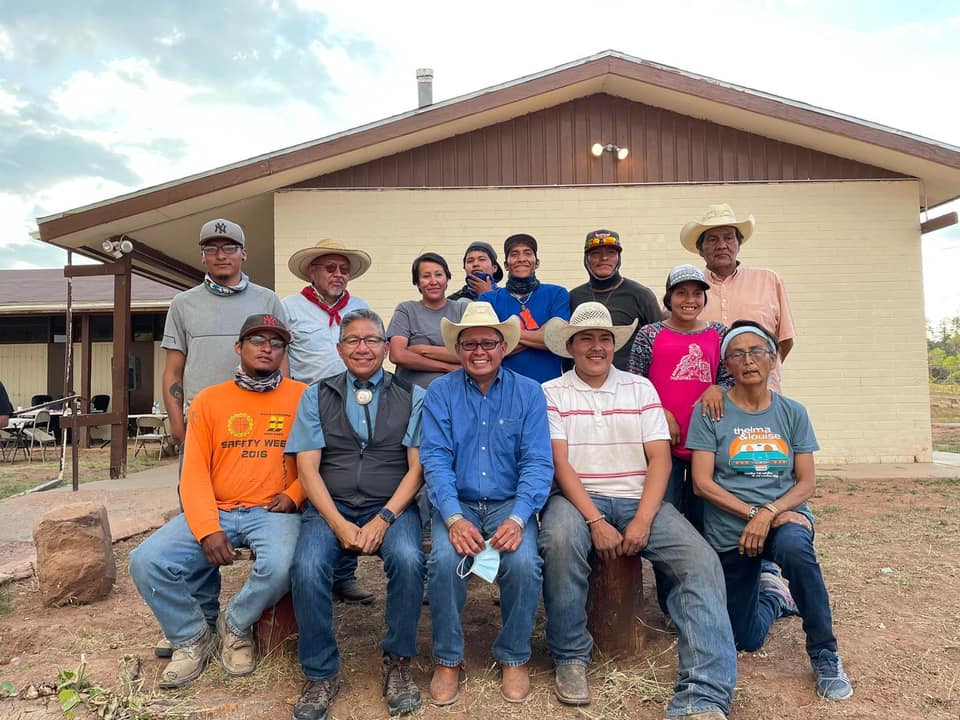
The Navajo Council Trail Ride Tradition
The Trail Ride is an annual occurrence that honors past leaders who rode on horseback or in horse-drawn wagons from their home areas to Council sessions. Throughout their journey to the capital, they would visit with fellow Navajo Nation members to listen to their concerns so they could advocate for them at the Council sessions. The story goes, that Window Rock is the most equal distance to all the chapters. So back in the old days, it wouldn’t take longer than a couple of days ride no matter where you were in the Navajo Nation. The ride is also a way of trying to pass on good horsemanship to the younger generations.

In a normal year, riders would work their way to Window Rock, with stops at Tse agizi, Kaibeto, Tonelea, Coalmine, Tolani Lake, Teesto, Klagetoh, and Oak Springs, among others. Throughout their journey, riders are hosted by community members or local chapters during the trek. Each rider needs a driver to follow along to carry camping equipment and supplies. The trail riders try to make between 14 to 20 miles a day and their horses are watered about every 5-6 miles. A normal day on the trail will typically start at 4 A.M. as they get up and take care of their horses. Breakfast is served at 7 A.M. and the day’s journey begins an hour later.
Information provided by the Navajo Nation Council
Ongoing Support for the Navajo Nation
Thanks to CKP Insurance, the Navajo Nation agriculture efforts can continue to grow and create sustainable programs to support the longevity of the Navajo Nation. Over the course of the last several years, CKP Insurance has given several million dollars to the Navajo Nation for their insurance policy for Pasture Rangeland Forage insurance. What’s amazing about this is the fact that the money goes right back into agriculture programs in Navajo Nation. Not only does it influence Navajo Nation directly, but CKP Insurance truly loves being a part of something bigger than themselves and providing money that impacts so many. Chuck Hemphill, from CKP Insurance, found delegate Rick Nez while he was on his trail ride and presented this check to him on the side of the road. Rick Nez is the Resources and Development Committee Chairman for the Navajo Nation.

Last Updated on 05/12/2022 by Peter Varlet
CLN Community Sponsor
